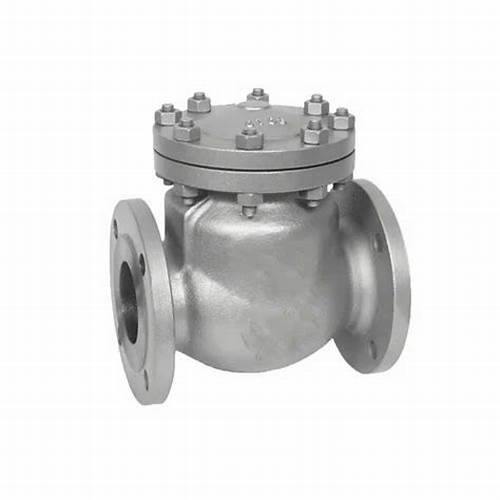Understanding the Function and Application of Sluice Gate Valves in Fluid Control Systems
Sluice Gate Valves An Overview of Function and Application
Sluice gate valves play an essential role in the regulation of fluid flow, particularly in applications involving water management and wastewater treatment. These valves are designed to control the flow of liquids by the linear motion of a gate or wedge within a piping system. Their primary function is to either allow or obstruct the flow, making them a crucial component in various engineering and industrial settings.
Design and Operation
The design of a sluice gate valve is relatively straightforward yet highly effective. Typically, it consists of a rectangular or square gate that fits within a frame. When the valve is opened, the gate is positioned vertically, allowing fluid to pass through unimpeded. Conversely, when the valve is closed, the gate descends into the flow path and blocks the liquid from moving through.
The operation of sluice gates is generally facilitated through a mechanical system that may include a handwheel, gear mechanism, or electric actuator. The simplicity of the design makes sluice gate valves easy to operate, maintain, and install, contributing to their widespread use in various industries.
Applications
Sluice gate valves find applications across a multitude of sectors. They are commonly used in water management systems, including diversion and drainage systems, irrigation channels, and reservoirs. In these contexts, the ability to control water levels and flow rates is crucial for effective resource management and flood prevention.
In addition to water management, sluice gate valves are also utilized in wastewater treatment facilities. They play a significant role in directing the flow of wastewater through different treatment stages, ensuring that the waste is appropriately processed before being released into the environment. Their design allows for quick responsiveness, which is crucial in dynamic systems where flow conditions can change rapidly.
Another key application of sluice gate valves is in the energy sector, particularly in hydropower plants. Here, they are employed to regulate water flow through turbines, maximizing energy production while maintaining safety protocols. The ability to precisely control flow minimizes the risk of damage to machinery due to sudden fluctuations in water pressure.
sluice gate valves

Advantages
One of the primary advantages of sluice gate valves is their simplicity and reliability. Their straightforward design means that they have fewer moving parts compared to other types of valves, reducing the likelihood of mechanical failure. Additionally, they are generally more robust and durable, capable of withstanding harsh environmental conditions, including high pressure and aggressive chemicals.
Another significant benefit is their effectiveness in managing large volumes of fluid, making them suitable for high-capacity applications. The linear motion of the gate ensures that the flow can be finely regulated, allowing for both full opening and precise throttling.
Moreover, sluice gate valves are easy to clean and maintain. Because the design minimizes the risk of clogged passages, routine maintenance can often be performed without extensive disassembly, leading to lower operational downtime.
Challenges and Considerations
Despite their many advantages, sluice gate valves do present certain challenges. One of the primary concerns is wear and tear over time, particularly with gates made from softer materials. Corrosion can occur in environments with aggressive chemicals or salts, necessitating the use of materials like stainless steel or special coatings.
Another challenge is that sluice gate valves can require significant space for installation, especially those designed for larger applications. The need for this additional space can complicate design considerations in constrained environments.
Conclusion
In conclusion, sluice gate valves are pivotal components in the management of fluid flow across a diverse range of applications. Their reliability, simplicity, and ability to control large volumes of liquid make them essential in water management, wastewater treatment, and energy generation sectors. As technology advances, it is likely that innovations in materials and design will continue to enhance the performance and applicability of sluice gate valves, solidifying their place in modern engineering. With the growing emphasis on effective resource management and environmental sustainability, the role of sluice gate valves will only become more critical in the future.
-
3-types-of-check-valves-maintenance-tipsNewsAug.23,2025
-
ball-valves-types-with-trunnion-mounted-designNewsAug.23,2025
-
butterfly-valve-company-production-capabilitiesNewsAug.23,2025
-
fisher-globe-valve-technical-specificationsNewsAug.23,2025
-
types-of-gaskets-for-flanges-selection-guideNewsAug.23,2025
-
wedge-gate-valve-suppliers-quality-standardsNewsAug.23,2025
-
Breakthrough in Domestic Low Temperature Valve Technology in ChinaNewsAug.18,2025




